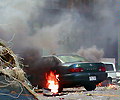In Kazimierz district of Kraków, Poland you can sometimes see a small recess in the doorposts. It is a trace of the past, a place of mezuzahs, or containers with fragments of the Torah. In the houses inhabited by the Jews, it is always placed on the right side of the door, at the shoulder height with top slanting toward the door.
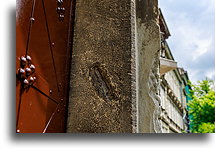
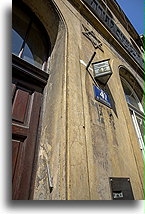
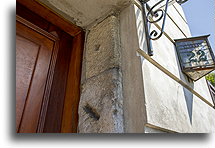
Mezuzahs are to fulfill the biblical commandment to write God's words on the gates and doorposts of the house. Believers touch the mezuzah with their fingers to show respect for God. In today's Kazimierz, the traces of old mezuzah are a painful reminder of many Jewish families, who were forced to leave their homes.
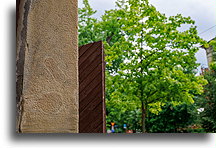
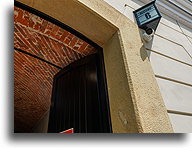
The house at Rynek Podgórski 2, where we found traces of a mezuzah, has an interesting location. It is directly adjacent to the tenement house that from 1941 to 1943 housed the Judenrat, or Jewish Council, established by the Nazis to implement their orders. Both buildings were located on the border, within the Krakow Ghetto. The entrance to the ghetto was through one of four gates, so all the border houses had bricked-up gates, and their windows were barred.
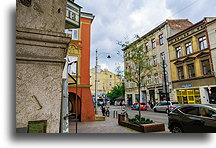
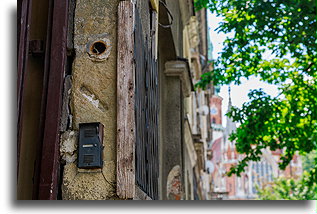
During the ghetto's existence, Julius Madritsch's textile factory, located in the tenement house at Rynek Podgórski 2, employed Jews living in the ghetto. Like Oskar Schindler, Madritsch, an Austrian entrepreneur, who saved the lives of many Jews.




